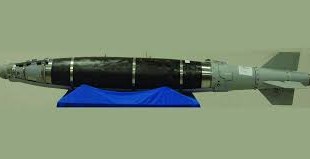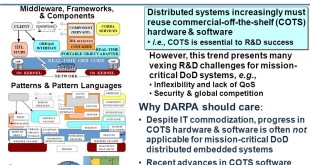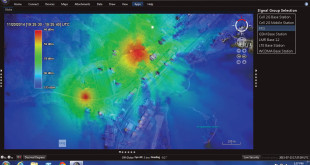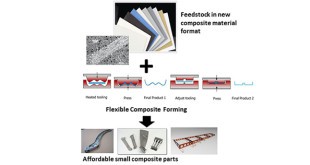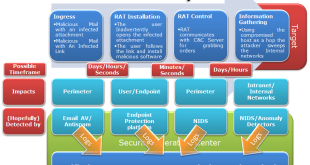US military is facing increasingly Anti-access /Area denial environment, a set of overlapping military capabilities and operations designed to slow the deployment of U.S. forces to a region, reduce the tempo of those forces once there, and deny the freedom of action necessary to achieve military objectives . “A2/AD capabilities …
Read More »Monthly Archives: March 2019
USAF’s BLU-129/Bs or VLCDW is a Carbon Fiber Bomb with very low collateral damage but also extraordinarily expensive
Cities have become the new battleground and Hybrid or Urban Warfare the greatest threat being waged by ISIS to Boko Haram to Hamas to Ukraine rebels. Urban warfare is the only way the Islamic State of Iraq and Greater Syria will be defeated. Urban environments negate many traditional U.S. military …
Read More »DARPA enhancing Military COTS system security by automatically deploying secure configurations of Components
The growth of the internet-of-things (IoT) and network-connected composed systems (e.g., aircraft, critical-infrastructure, etc.) has led to unprecedented technical diversity in deployed systems. From consumer IoT devices developed with minimal built-in security, which are often co-opted by malware to launch large distributed denial of service (DDoS) attacks on internet infrastructure, …
Read More »DARPA’s Advanced RF Mapping (Radio Map) enable radio-frequency situational awareness on the battlefield.
Military spectrum requirements are also increasing exponentially as military operations increasingly rely on access to the wireless spectrum in order to assess the tactical environment and coordinate and execute their critical missions. The demand for more and timely information at every echelon is driving an increase in DoD’s need for …
Read More »DARPA Seeks New Composite Material and Process for Manufacturing Small Parts
After nearly a century of dominance as the material of choice for aircraft, metals are seeing increased competition from composite materials in use on Aircrafts. In the modern age, the aerospace industry is also looking ahead to tougher, lighter, and more heat-resistant materials that would lessen emissions, cut fuel costs, …
Read More »Sound offers new directions in optical processing and integrated photonics
Brillouin scattering is an effect caused by the χ(3) nonlinearity of a medium, specifically by that part of the nonlinearity which is related to acoustic phonons. An incident photon can be converted into a scattered photon of slightly lower energy, usually propagating in the backward direction, and a phonon. …
Read More »Nanotechnology is transforming aerospace, leading to lighter and more efficient air vehicles
The aerospace industry is one of the most important heavy industries in the world. Countless companies rely on the ability to ship products and people around the world with the speed that can only by achieved by air. Along with this huge economic value, however, comes huge consumption, and …
Read More »Military developing technologies like new clothing materials to survive in Extreme cold weather like Arctic
Norwegian oil and gas industry is heading into the Arctic, and its looking for Work clothing specifically tailored to Arctic conditions is hard to find. Industrial designers have now joined forces with researchers to create the perfect clothing concept. Wenaas is a leading supplier of work clothing to the oil …
Read More »Countries developing bomb disposal robots having exceptional level of versatility, dexterity and diversity
EOD operators or ammunition technical officers conduct some of the military’s most dangerous jobs, who has the daunting task of dismantling, defusing and disposing bombs and other explosive ordnance, often in the most hostile and challenging of environments. Making this job safer are bomb disposal robots, unmanned vehicles capable of disabling …
Read More »Detecting and Mitigating Advanced persistent threat (APT) major challenge for IT Firms, industrial establishments, and military organizations.
An advanced persistent threat (APT) refer to complex, sophisticated and stealthy techniques of using software, hardware or social engineering tools to continuously monitor and extract data from targets such as organizations and/or nations for business or political motives. They typically start with seemingly benign activities that do not trigger any …
Read More » International Defense Security & Technology Your trusted Source for News, Research and Analysis
International Defense Security & Technology Your trusted Source for News, Research and Analysis

